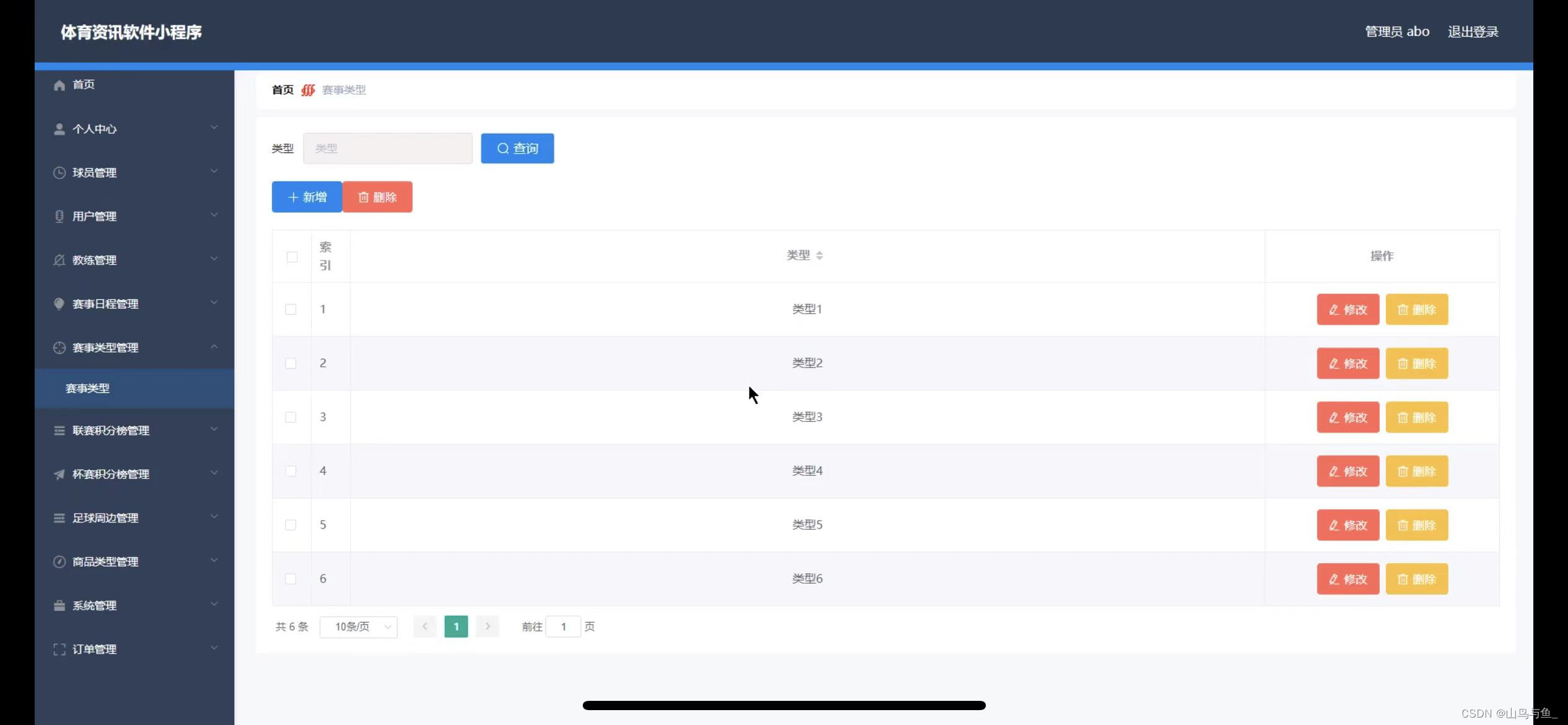
ElasticSearch基本用法在之前的篇章介绍过了 这里不在过多阐述
模拟假数据
- 安装库
@faker-js/faker模拟假数据的一个库非常好用支持中文 - 使用中文 locale: [zh_CN], 设置即可
- 生成名字,邮箱,手机号,id,年龄,性别
- 生成完成之后使用fs写入
data.json文件
import { Faker, zh_CN, } from '@faker-js/faker'
const faker = new Faker({locale: [zh_CN],
})
const generate = (total = 100) => {let arr = []for (let i = 0; i < total; i++) {arr.push({name: faker.person.fullName(),email: faker.internet.email(),phone: faker.string.numeric({ length: 11 }),id: faker.string.uuid(),age: faker.number.int({ min: 18, max: 60 }),isMale: faker.datatype.boolean(),})}return arr
}fs.writeFileSync('./data.json', JSON.stringify(generate(), null, 2))
假数据
[{"name": "隐强","email": "k7nggq88@126.com","phone": "79533230542","id": "945e80bb-9ece-428b-925c-1ed01e26d660","age": 44,"isMale": true},......]
Node.js集成ElasticSearch
- fs读取刚才写入的文件
- 安装ElasticSearch的包
@elastic/elasticsearc - 连接elastic 两种模式可以使用apiKey,也可以用账号密码的模式,这儿使用账号密码,生产使用apiKey
- 检查有没有创建过这个索引
如果重复创建会报错 - 如果没有创建过这个索引就创建,并且构建映射表 也就是字段
properties - 批量插入数据封装一个函数
bulkInsert - 实现插入的函数
bulkInsert - 搜索
//1.第一步
const data = fs.readFileSync('./data.json', 'utf-8')
const arr = JSON.parse(data)
//2.第二步
import { Client } from '@elastic/elasticsearch';
//3.第三步
const client = new Client({node: 'http://localhost:9200',auth: {username: 'elastic',password: '123456',},
});
//4.第四步
const exists = await client.indices.exists({ index: 'users' });
//5.第五步
if (!exists) {await client.indices.create({index: 'users',mappings: {properties: {name: { type: 'text', fields: { keyword: { type: 'keyword', } } },email: { type: 'text' },phone: { type: 'text' },id: { type: 'text' },age: { type: 'integer' },isMale: { type: 'boolean' },}}})//6.第六步await bulkInsert(arr);
}
//7.第七步
const bulkInsert = async (data) => {const operations = [];data.forEach((item) => {operations.push({index: {_index: 'users',_id: item.id},})operations.push(item)})//批量插入await client.bulk({ refresh: true, operations })
}
//8.搜索
const response = await client.search({index: 'users',query: {match_all: {},},size: 100
});
console.log(response.hits.hits);
搜索详解
根据上面代码 + 讲解基本已经大概了解其工作原理,ElasticSearch最强大的就是他的搜索能力,可以各种组合搜索,我们分别演示一下
1.全部查询
match_all 就是全部查询 注意默认只返回10条,你可以配置size看你想要返回的条数
const response = await client.search({index: 'users',query: {match_all: {}, //空对象即可},size: 100 //返回100条
});

2.模糊查询
模糊查询会进行分词,匹配所有的关键词
使用match进行模糊查询,输入需要匹配的字段如name 后面是 value 如 隐强 他会匹配数据中所有包含 隐强 这两个字的内容 我的数据中含有 隐强 蒋强 高启强 因此返回三条
const response = await client.search({index: 'users',query: {match: {name: '隐强'},},size: 100
});
console.log(response.hits.hits);

3.精确查询
如果需要支持精准查询 需要设置
name: { type: 'text', fields: { keyword: { type: 'keyword', } } },因为text类型默认会支持分词,为了全文搜索设计,但是如果要同时支持 全文匹配 + 精准匹配 需要设置 type keyword
注意这儿就不使用match了,改成term [字段.keyword] = [value] 查询
const response = await client.search({index: 'users',query: {term: {'name.keyword': '隐强'}},size: 100
});
console.log(response.hits.hits);

4.组合查询
- must 必须匹配的条件 这儿匹配了(隐强)
- filter 条件过滤 这儿匹配了年龄(20-60岁的人)
- must_not 必须不匹配 (这儿表示返回的值不能有带国字的人)
- should 可选的条件 (这儿匹配了隐强)
const response = await client.search({index: 'users',query: {bool:{must: {match: {name: '隐强'}},filter: {range: {age: {gte: 20,lte: 60}}},must_not: {match: {name: '国'}},should: {match: {name: '隐强'}}}},size: 100
});
console.log(response.hits.hits);

5.聚合查询
聚合查询在Elasticsearch中用来对数据进行统计、汇总和分析,它能够提供关于数据集的深入见解和洞察
案例 统计各个年龄出现的次数 注意使用 aggs 不再是 query 了
const response = await client.search({index: 'users',aggs: {age: {terms: {field: 'age'}}},size: 100
});
console.log(response.aggregations.age.buckets);
返回值
key:表示聚合的字段值,这里看起来是年龄。
doc_count:表示具有该年龄的文档数量。
[{ key: 32, doc_count: 6 }, //表示年龄32 出现6次{ key: 23, doc_count: 4 }, //表示年龄23 出现4次{ key: 28, doc_count: 4 }, //.......{ key: 29, doc_count: 4 },{ key: 49, doc_count: 4 },{ key: 51, doc_count: 4 },{ key: 60, doc_count: 4 },{ key: 21, doc_count: 3 },{ key: 22, doc_count: 3 },{ key: 24, doc_count: 3 }
]



















